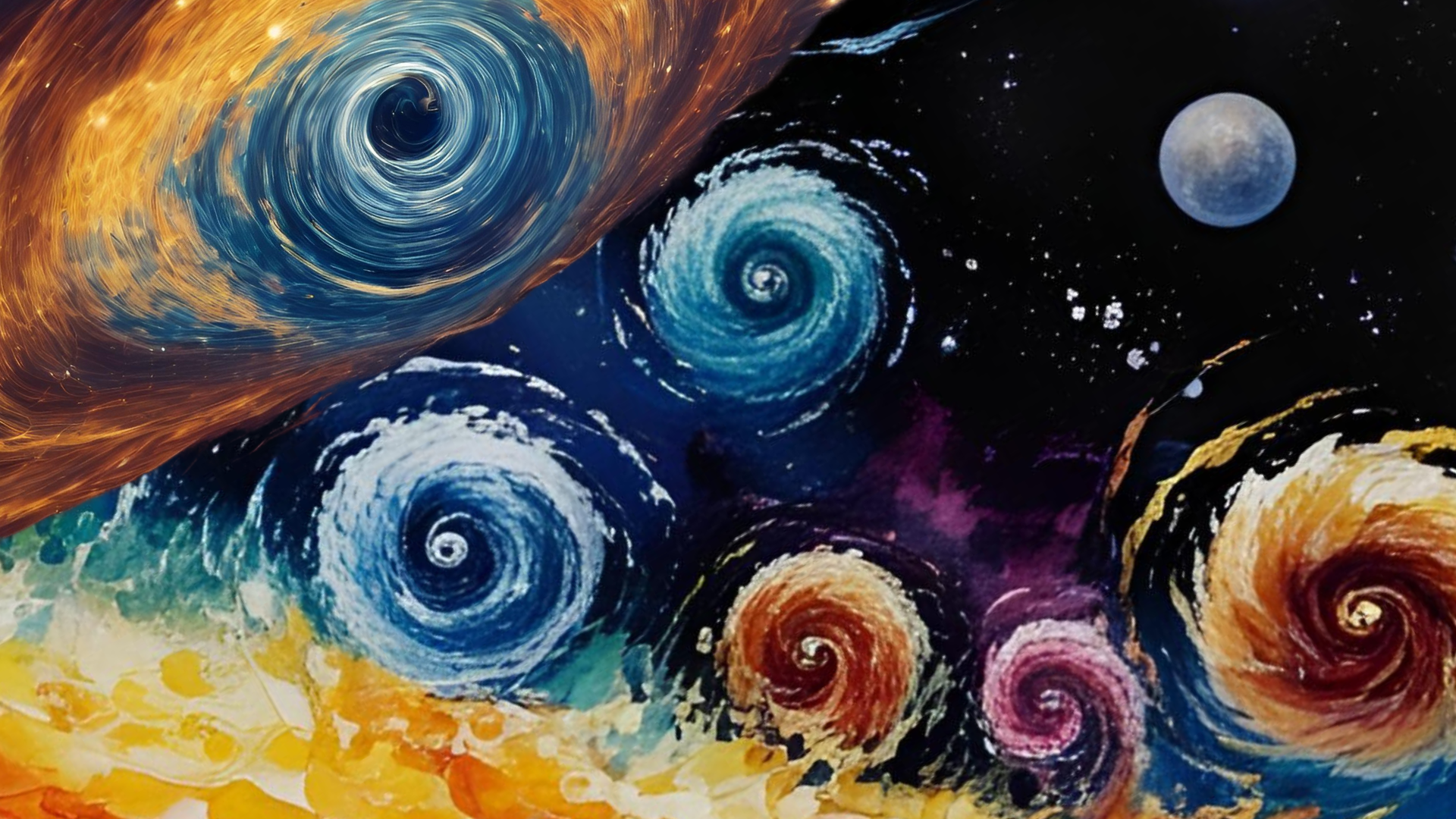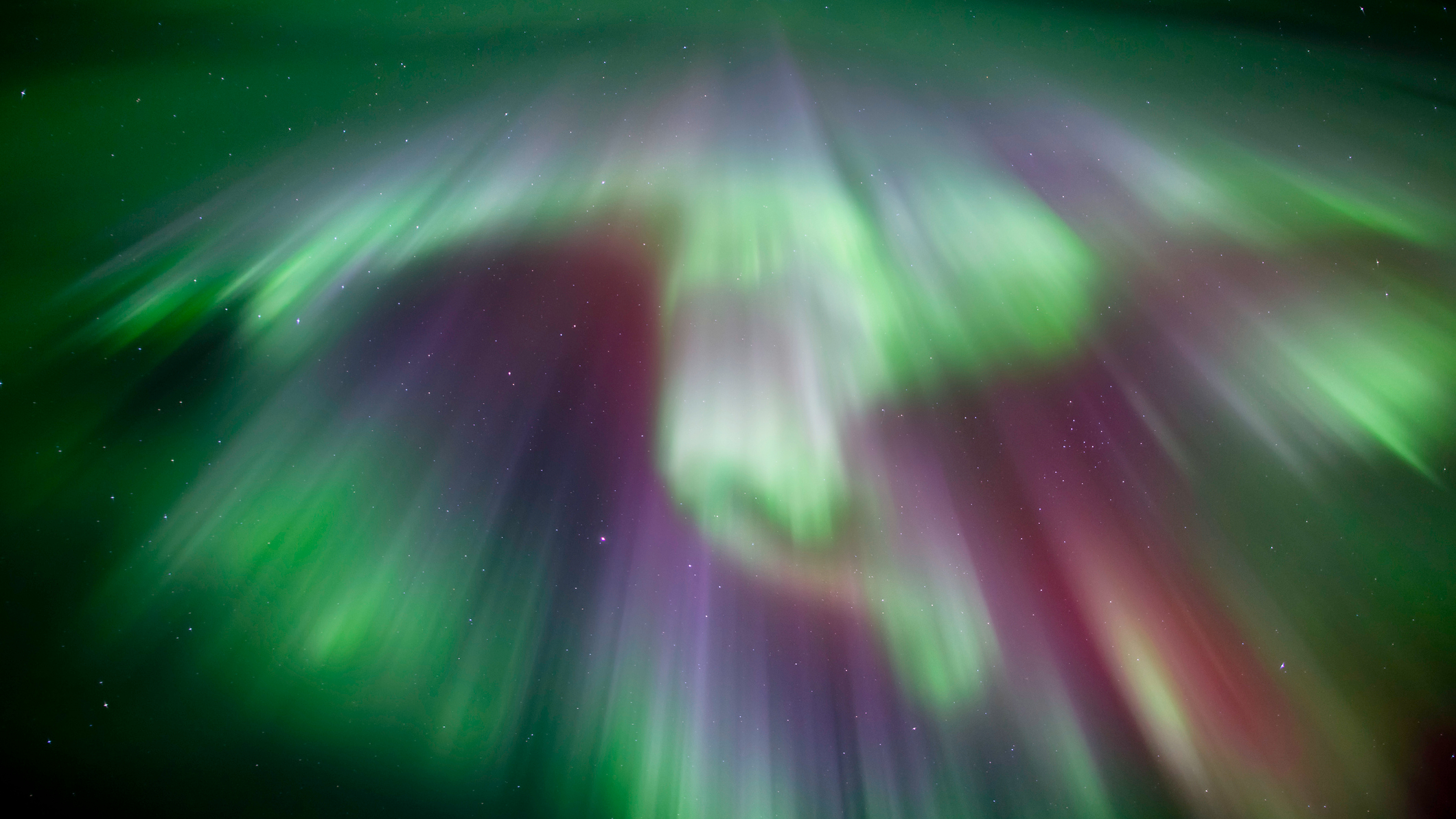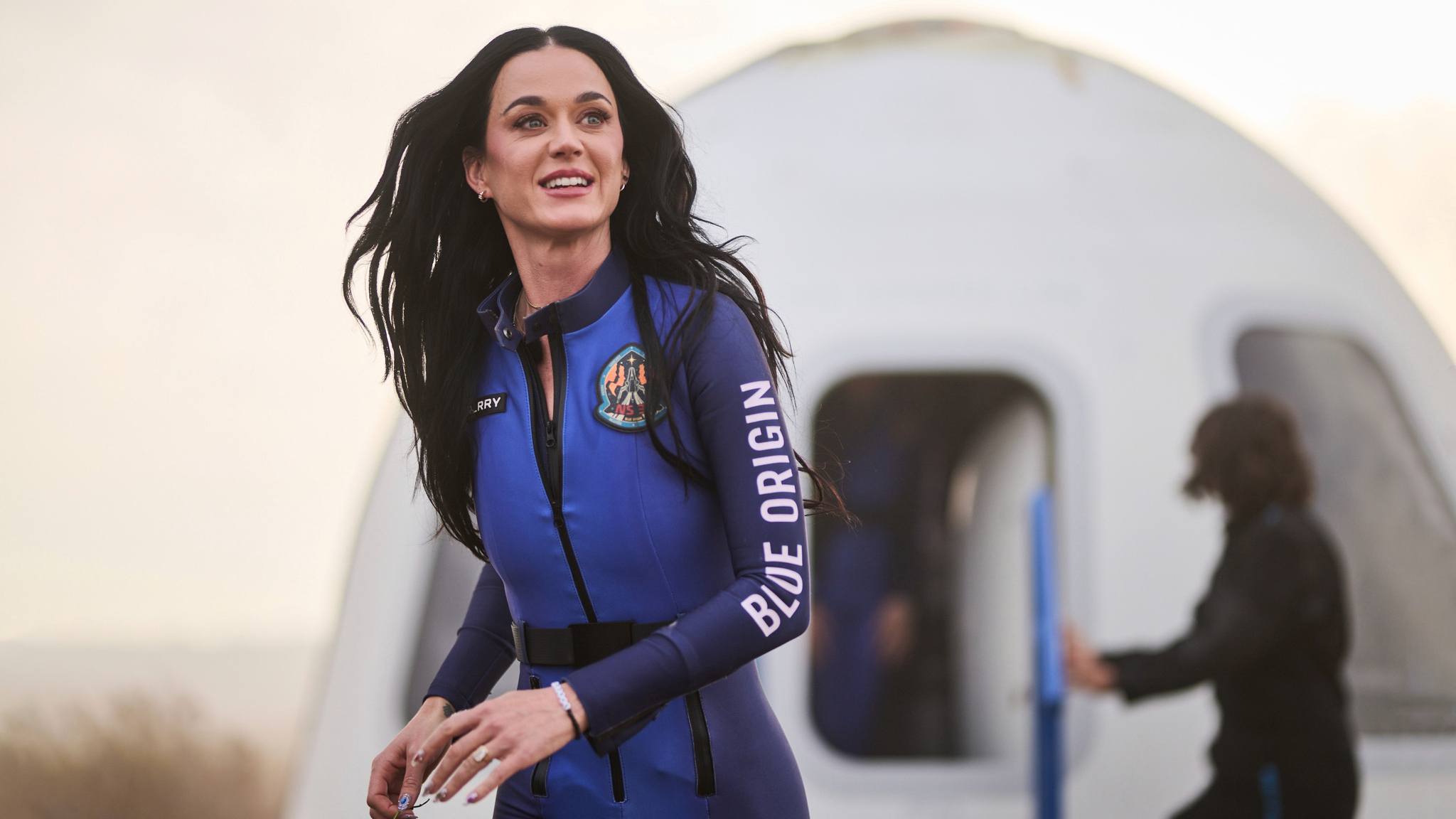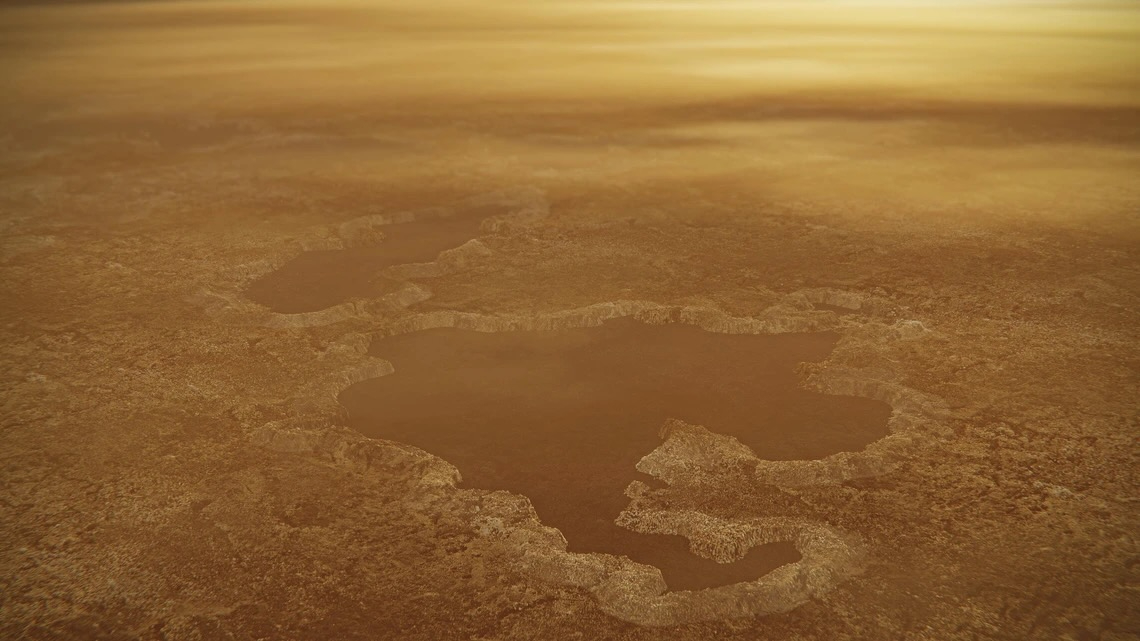SpaceX's latest Dragon cargo ship arrived at the International Space Station (ISS) today (Aug. 30) to deliver an experimental robotic arm and a wealth of other research equipment and supplies just in time for one astronaut's birthday.
"Congratulations to NASA and SpaceX teams and many thanks. No one's ever sent me a spaceship for my birthday before," NASA astronaut Megan McArthur radioed Mission Control just after docking. It's her 50th birthday today.
"That's a most excellent birthday present," NASA's Mission Control in Houston replied.
The gumdrop-shaped Dragon docked with the station's Harmony module at 10:30 a.m. EDT (1430 GMT) today, ending a 32-hour-orbital chase. The station and Dragon were sailing 264 miles (425 kilometers) above western Australia at the time.
Video: Watch SpaceX's Dragon CRs-23 cargo ship launch into space
Related: How SpaceX's Dragon space capsule works (infographic)


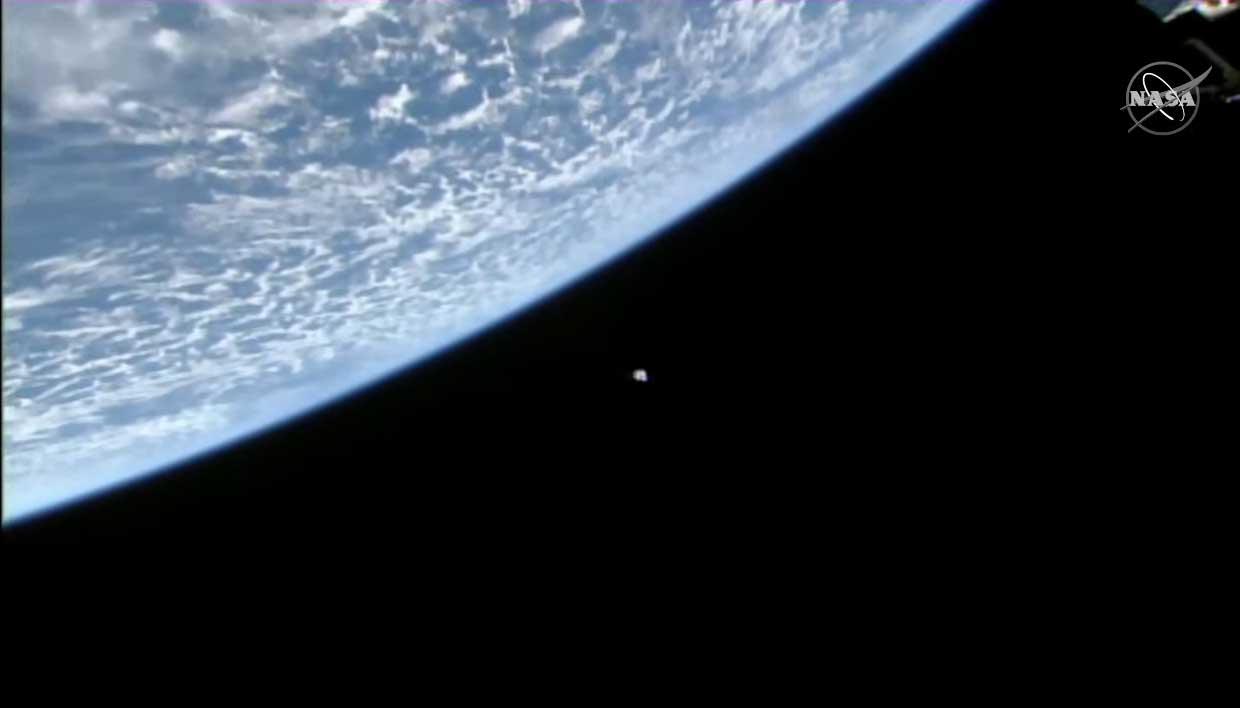
Dragon launched atop a SpaceX Falcon 9 rocket early Sunday morning (Aug. 29), kicking off the company's 23rd robotic resupply mission to the orbiting lab for NASA. The uncrewed Dragon is packed with more than 4,800 lbs. (2,200 kilograms) of supplies and scientific experiments, including a super-dexterous new robotic arm that will get a microgravity test on the orbiting lab.
"This investigation supports development of robots to support crew intravehicular activities and, eventually, extravehicular activities," team members wrote in a description of the experiment, which is called the GITAI S1 Robotic Arm Tech Demo. "Space robotics also could support on-orbit servicing, assembly and manufacturing tasks, lowering the costs of such tasks and contributing to increased commercial activity in space."
Get the Space.com Newsletter
Breaking space news, the latest updates on rocket launches, skywatching events and more!
In photos: The Expedition 65 astronauts on the International Space Station
Another experiment will test how a tiny drug-delivering implant performs in microgravity, and yet another will gauge the responses of various materials to the space environment.
There are now two Dragons parked at the ISS: the newly arrived cargo capsule and a crewed variant, which brought NASA astronauts McArthur and Shane Kimbrough, Japanese spaceflyer Akihiko Hoshide and the European Space Agency's Thomas Pesquet to the orbiting lab in April.
Those four astronauts are scheduled to return to Earth in November while their crewmates (NASA astronaut Mark Vande Hei and Russian cosmonauts Pyotr Dubrov and Oleg Novitskiy) remain aboard to continue their mission. The cargo Dragon will come down sooner; it's scheduled to spend about a month at the ISS, NASA officials have said.
Both versions of Dragon survive re-entry, making ocean splashdowns under parachutes. This capability separates the resupply Dragon from other currently operational cargo craft, which burn up in Earth's atmosphere when their missions are done.
Mike Wall is the author of "Out There" (Grand Central Publishing, 2018; illustrated by Karl Tate), a book about the search for alien life. Follow him on Twitter @michaeldwall. Follow us on Twitter @Spacedotcom or Facebook.
Join our Space Forums to keep talking space on the latest missions, night sky and more! And if you have a news tip, correction or comment, let us know at: community@space.com.

Michael Wall is a Senior Space Writer with Space.com and joined the team in 2010. He primarily covers exoplanets, spaceflight and military space, but has been known to dabble in the space art beat. His book about the search for alien life, "Out There," was published on Nov. 13, 2018. Before becoming a science writer, Michael worked as a herpetologist and wildlife biologist. He has a Ph.D. in evolutionary biology from the University of Sydney, Australia, a bachelor's degree from the University of Arizona, and a graduate certificate in science writing from the University of California, Santa Cruz. To find out what his latest project is, you can follow Michael on Twitter.
